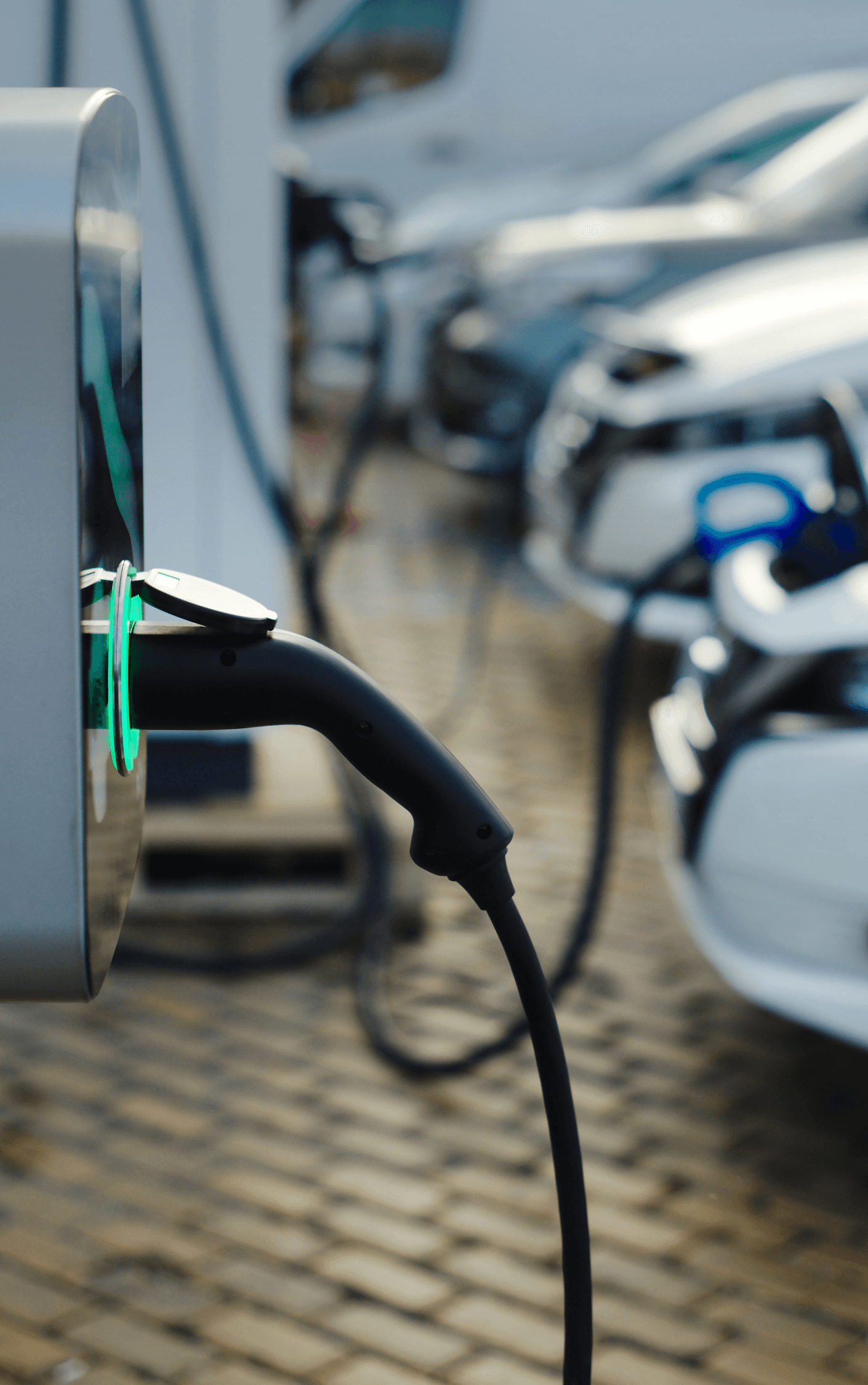
Electrify your ride and reduce your carbon footprint.
Why electromobility?

The environmental aspect stands at the forefront of sustainable mobility
There are no CO₂ emissions when driving an electric car, and a 90% efficiency ratio between the energy supplied and the energy used. Low operating and maintenance costs constitute an additional advantage in the TCO (Total Cost of Ownership). Electricity costs are only half of gasoline costs incurred for the same distance. Moreover, e-mobility is subsidized by the state. Electric vehicles are exempt from vehicle tax for the first five years - provided they are purchased by 2020. Company car drivers enjoy a significant tax reduction benefit and attractive gross list prices. Driving pleasure is an inherent part of an electric car. After all, car enthusiasts are delighted with the spontaneous torque development and the associated rapid acceleration.
Electric cars are efficient, environmentally friendly, powerful and suitable for everyday use. In terms of sustainability and emissions reduction, electric cars are far ahead of combustion engines. Over their life cycle, electric cars emit 70 to 90 percent less particulate matter, nitrogen oxides and CO₂ compared to combustion engines. Although the production of e-cars generates a certain amount of CO₂, the climate balance tips in favor of an electric car just after 60,000 driven kilometers. The remaining kilometers during the car's life-cycle are driven entirely climate-neutral, provided the electricity is generated from renewable sources.

Functionality of an electric car
Unlike the classic combustion engines, that work with diesel or gasoline, the electric car does not need a catalytic converter, spark plugs, nor a starter motor. Instead, the highest possible performance battery, the electric motor itself, cooling systems, power electronics and temperature management are at its core. To ensure optimal space use, the battery in the e-car is located in the lower part of the vehicle, while the electric motor is placed between the rear axles. This results in the so-called "skateboard" architecture.
Energy is stored in chemical form in the lithium-ion battery so as to supply the motor. This three-phase motor consists of a fixed stator and a moving / rotating rotor, thus ensuring the transfer of energy. The poles of the stator are constantly changing when they are supplied with power from the battery, which causes the moving rotor in the center to constantly gravitate towards the nearest pole of the stator, leading it to rotate. This rotary motion is transmitted to the car's drive axle.
Another special feature of the electric car is recuperation. This way, the energy gained during braking is channeled back into the battery and stored.

Strategy for the future
It will no longer be possible to register combustion vehicles in the EU from 2035 onwards, in favor of climate protection.
Compared to 1990, emissions in the transport sector must be reduced by 40 to 42 percent by 2030. This is to be achieved with a support package for electromobility, strengthening of the railroad system and CO₂pricing.
There are ambitious targets to be reached until 2030:
The automotive industry pledged to contribute with 15,000 public charging points by 2023 and 100,000 charging points at own company sites and at retailers by 2030. It is planned that in the near future, it will be possible to charge battery vehicles at all current petrol stations.
Larger parking spaces belonging to residential, commercial or other buildings will be required to be equipped with charging infrastructure in the future. Individual apartment owners and tenants are allowed to install a charging facility at their own expense. The German government has initiated new legal regulations to this effect.
Electric cars will continue to be exempt from vehicle tax. This also applies to electric cars registered for the first time between 2020 and 2025.
Questions, queries or comments?
If you’d like further information about our company, our brands or our services, please don’t hesitate to get in touch.
